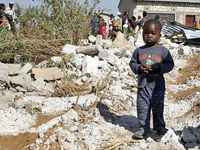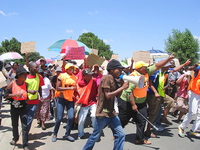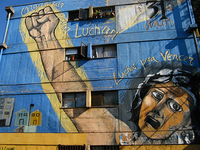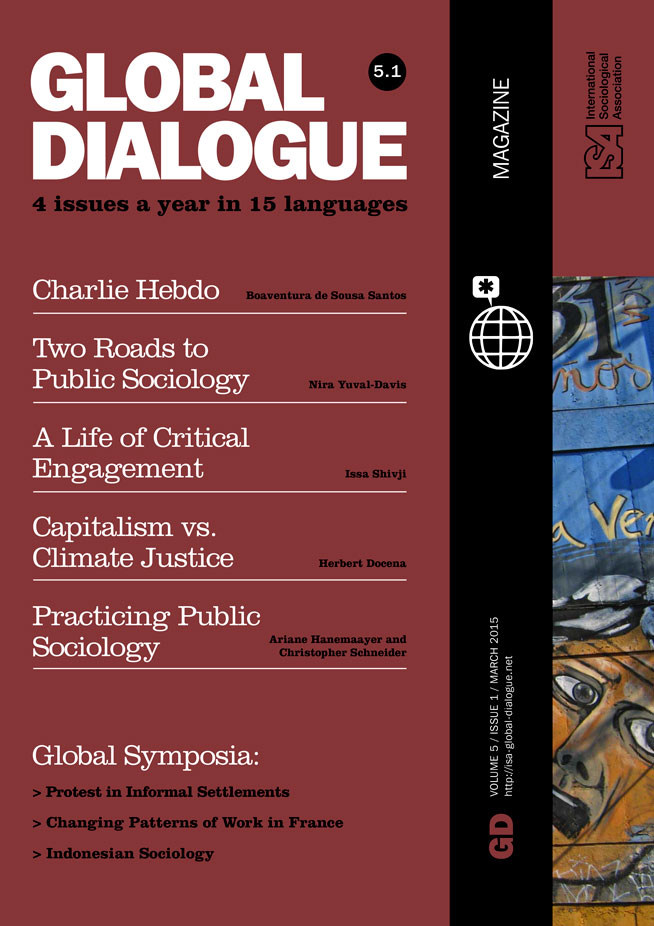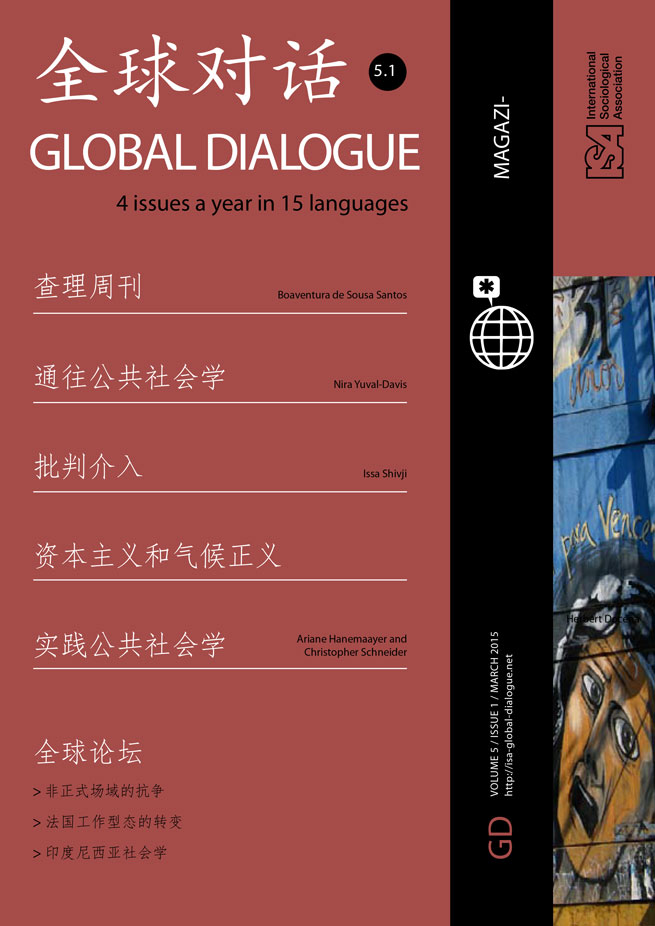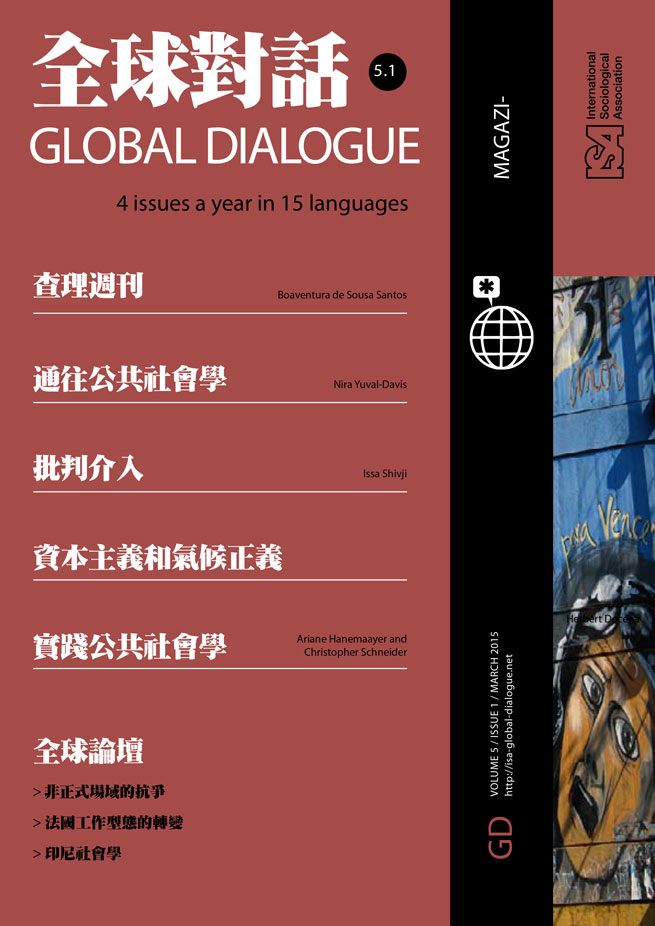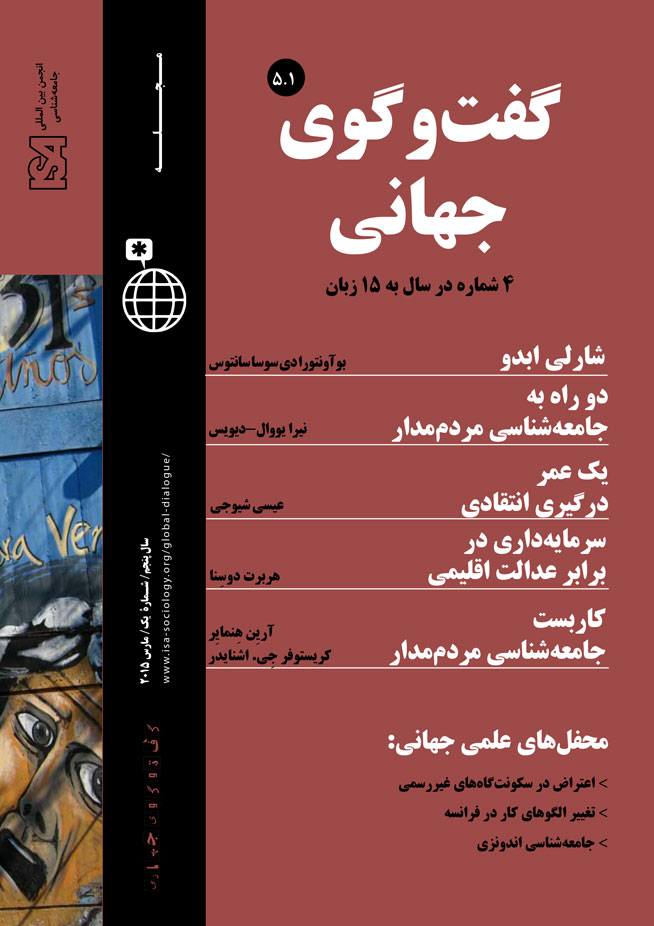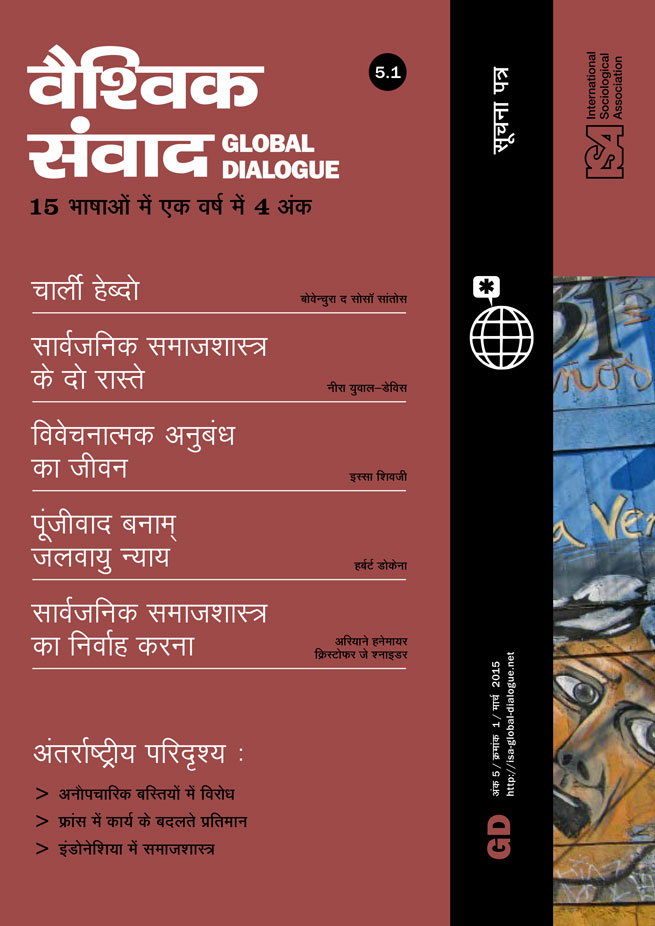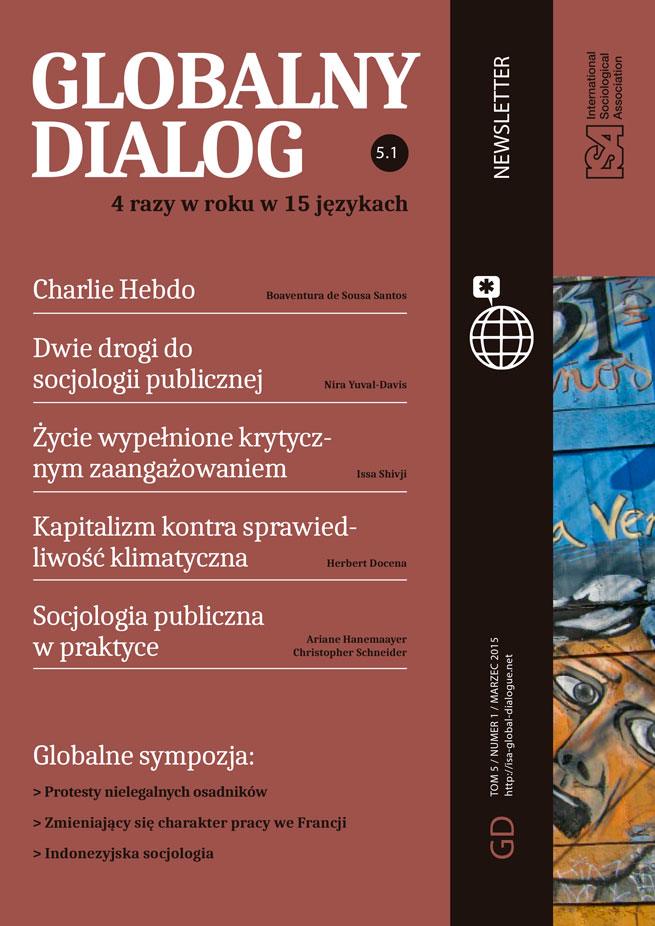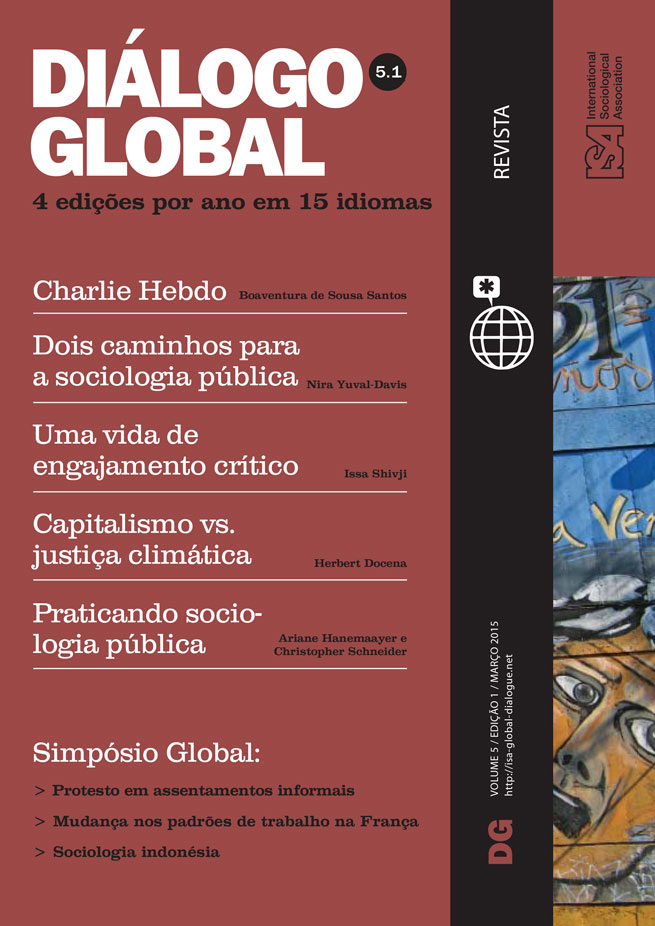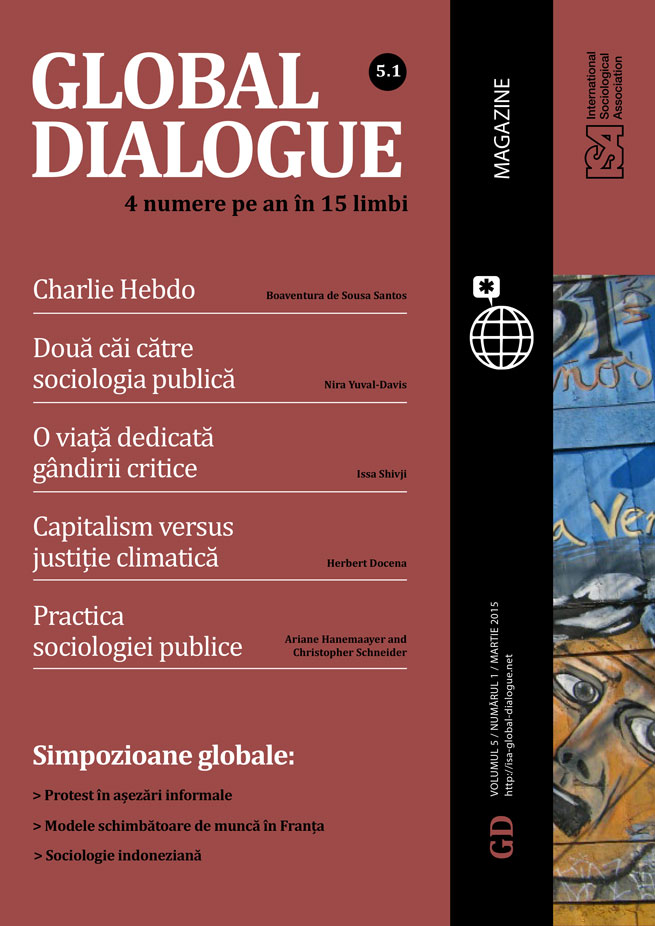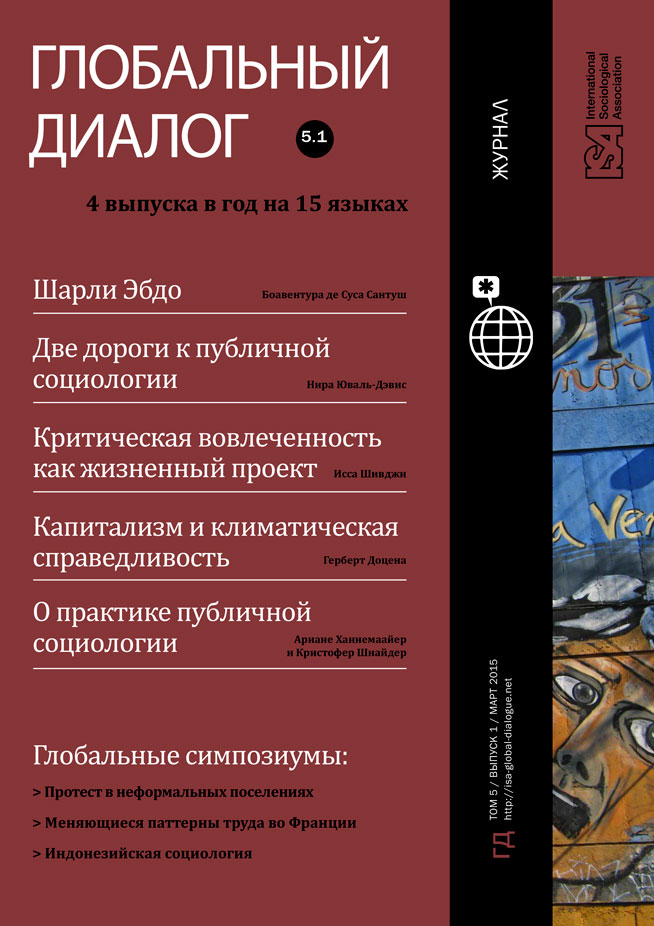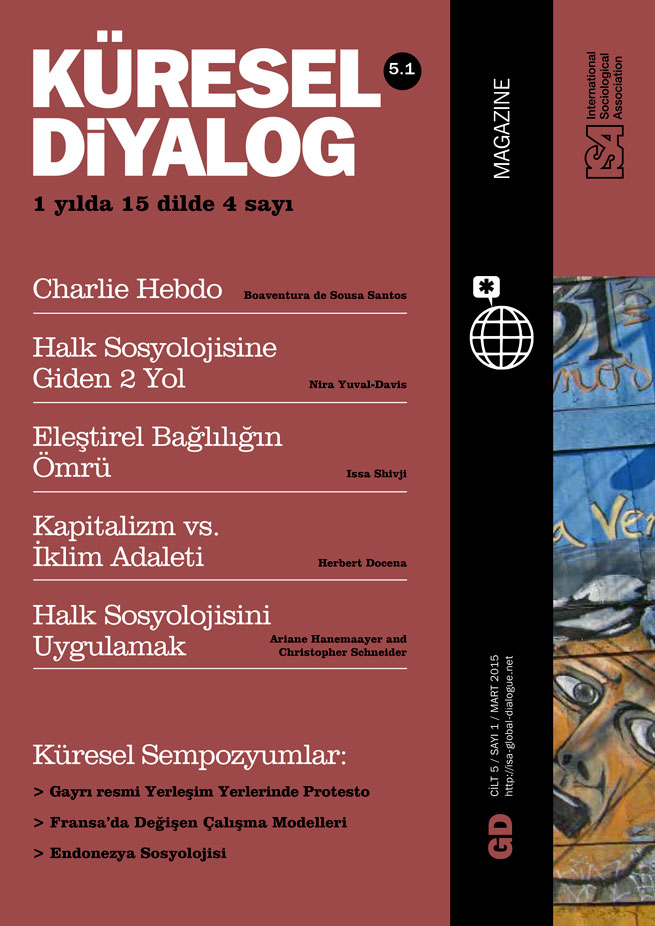Brazil’s Homeless Workers Movement (MTST) was established in the late 1990s, uniting “workers, laborers, informal, underemployed and unemployed, who like millions of Brazilians have no access to decent housing, but instead live in rentals, in risky areas or situations of urban insecurity, located mainly in Brazil’s urban peripheries.” Now an energetic actor in Brazil’s urban politics, the MTST organized many of the street demonstrations that roiled Brazilian society during the last year, and its organizational dynamics offer a unique lens into the country’s political debates.
Importantly, this movement has significant differences from the housing movements that emerged in the 1980s, which are now aligned with the federal government headed by the Partido dos Trabalhadores (PT). Although the MTST was initially linked to the Landless Movement (MST – a basically agrarian insertion movement), the Homeless Workers Movement was founded during the 1997 National Peoples’ March, when landless movement activists were engaged in the Oziel Park urban occupation in Campinas, in the state of São Paulo. The first occupation by the MTST, named Anita Garibaldi, was organized five years later in Guarulhos.
Since that first occupation, the MTST has organized at least ten major occupations in the metropolitan regions of São Paulo and Campinas, including encampments called Chico Mendes (Taboo da Serra, 2005); João Candido (Itapecerica da Serra, 2007); Frei Tito (Campinas, 2007); Jesus Silverio (Embu das Artes, 2008); Zumbi dos Palmares (Sumaré, 2008); Dandara (Hortolandia and Santo André simultaneously, 2011); and the Novos Pinheirinhos (Santo André and Embu das Artes, 2012).
In June 2013, Brazil experienced an intense process of popular street protests, marking the end of a long period of popular demobilization linked to neoliberal policy shifts. Not coincidentally, the MTST has been increasingly active, clashing almost daily with private developers, the real estate market and the state. In addition to frequent street demonstrations, between June 2013 and August 2014, MTST-inspired occupations of abandoned and idle land and buildings have increased exponentially in São Paulo and other metropolitan areas: over 100 actions have been registered across Brazil over the past twelve months.
Brazil suffers from a growing housing shortage, with the deficit in metropolitan areas increasing by ten percent between 2011 and 2012. Thousands of Brazilian families are evicted from their homes every day by the exploding prices of land, real estate and rentals, characteristics of the current cycle of the real estate market boom. This housing deficit has occurred even as the Brazilian government implements the largest public housing program in the country’s history. Together with other social programs, the program known as ‘My House My Life’ (MCMV, which stands for Minha Casa Minha Vida) has contributed to economic growth, by promoting job creation, and access to consumption and services previously restricted to higher income classes.
Ironically, however, the social housing program has also strengthened urban segregation and exclusion, neither helping the poorest Brazilians from settling permanently in central city regions nor providing the services and infrastructure necessary for the daily life of the new residents of the expanding urban peripheries.
In this context, the Homeless Workers’ Movement’s protests have played a key role in shaping Brazilian urban policy. However, the movement’s growing links to the government’s social housing program have complicated its stance: negotiations over occupations have placed the movement simultaneously “inside” and “outside” government policy debates.
This ambiguity can be seen most clearly in the outcome of the movement’s occupations. Once an MTST occupation opens negotiations with a municipality, the city authorities are asked to expropriate occupied land – and then, frequently, the MTST calls for the inclusion of families involved in the occupation in the government’s social housing program. But new social housing may well contribute to spatial segregation, since new housing for the poor is almost inevitably constructed on urban peripheries, further exacerbating spatial inequality.
The MTST finds itself caught in an ambiguous position. Even as activists negotiate for places in the housing program – a public policy implemented by the real estate market – its occupations and street protests continue to be violently repressed through evictions, arrests, and even killings. Thus the Homeless Movement continues to illustrate what might otherwise remain hidden under Brazilian social policies: the unjust and unequal character of Brazil’s cities, the partial nature of the changes and social programs, the ongoing conflict and political struggle even after twelve years of Workers’ Party dominance. And, perhaps even more importantly, as a key protagonist in Brazil’s social struggles, the movement embodies the hope of a more just and egalitarian future for Brazil’s impoverished urban populations.
Cibele Rizek, University of São Paulo, Brazil <cibelesr@uol.com.br>
André Dal’Bó, University of São Paulo, Brazil
